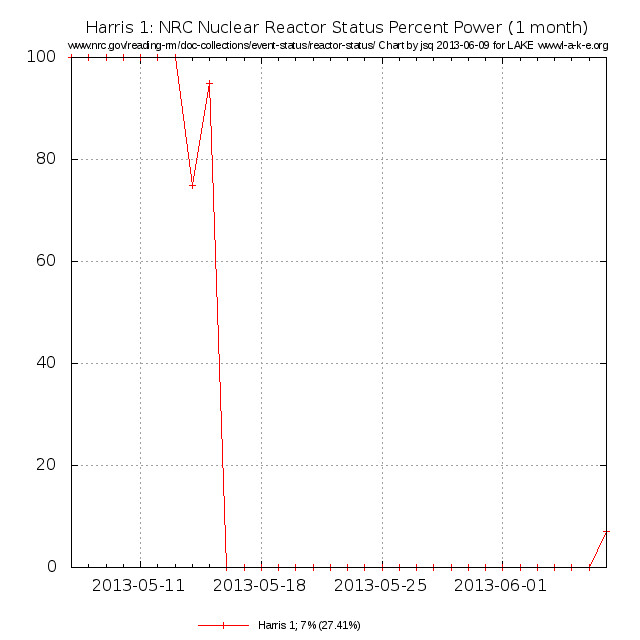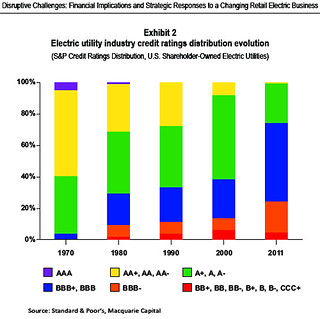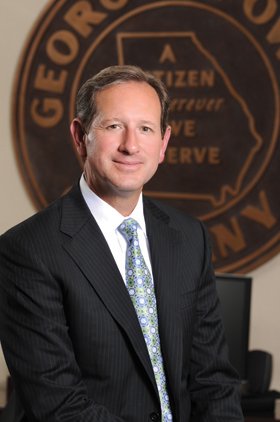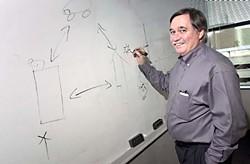After Fukushima, Japan is now serious about solar power.
From Miyama, Fukuoka (pictured), in the south of Honshu to northerly Hokkaido,
Japan is building solar power plants,
and now needs to upgrade its grid.
Rooftop solar doesn’t need as many grid changes, since it delivers
onsite at peak load.
Hey, here’s an idea: solar panels on unused industrial park areas!
Yvonne Chang wrote for National Geographic 14 August 2013,
Japan Solar Energy Soars, But Grid Needs to Catch Up,

Japan’s renewable energy incentive law has spurred construction of so many photovoltaic farms like this one, in Miyama, that the nation is expected to be the world’s leading solar energy market this year. But Japan must upgrade its system for delivering electricity.
Photograph from Asahi Shimbun/Getty Images
|
A new renewable energy incentive program has Japan on track to
become the world’s leading market for solar energy, leaping past
China and Germany, with Hokkaido at the forefront of the sun power
rush. In a densely populated nation hungry for alternative energy,
Hokkaido is an obvious choice to host projects, because of the
availability of relatively large patches of inexpensive land. Unused
industrial
park
areas, idle land
inside a
motor race circuit,
a former horse ranch—all
are being converted to solar farms. (See related, ”
Pictures:
A New Hub for Solar Tech Blooms in Japan
.”)
But
there’s a problem with this boom in Japan’s north. Although
one-quarter of the largest solar projects approved under Japan’s
new renewables policy are located in Hokkaido, the island accounts
for less than 3 percent of the nation’s electricity demand. Experts
say Japan will need to act quickly to make sure the power generated
in Hokkaido flows to where it is needed. And that means modernizing
a grid that currently doesn’t have capacity for all the projects
proposed, installing a giant battery—planned to be the world’s
largest—to store power when the sun isn’t shining, and ensuring
connections so power can flow across the island nation. (See related, ”
In
Japan, Solar Panels Aid in Tsunami Rebuilding
.”)
Turning to Renewables
Japan
historically has had no fossil energy sources of its own; it
powered much of its economic growth over the past few generations
with homegrown nuclear energy. At the start of 2011, more than 50
reactors provided Japan with 30 percent of its electricity, and the
plan was to increase that share to 50 percent. That scenario was
upended on March 11, 2011, when the most powerful earthquake ever
to shake Japan touched off a tsunami that breached the defenses of
Fukushima Daiichi nuclear power plant on the east coast. (See related, ”
One
Year After Fukushima, Japan Faces Shortages of
Energy, Trust
.”)
The second-worst Continue reading →











